
An example of fake news article on social media. Single news consists... Download Scientific
What can be overwhelming is the seemingly endless list of places that students can come across fake news or biased information disguised as news and the seemingly endless ways that it can be presented. The best educators can do is teach young people to be critical of everything they read and to take the time to cross-check what they find.
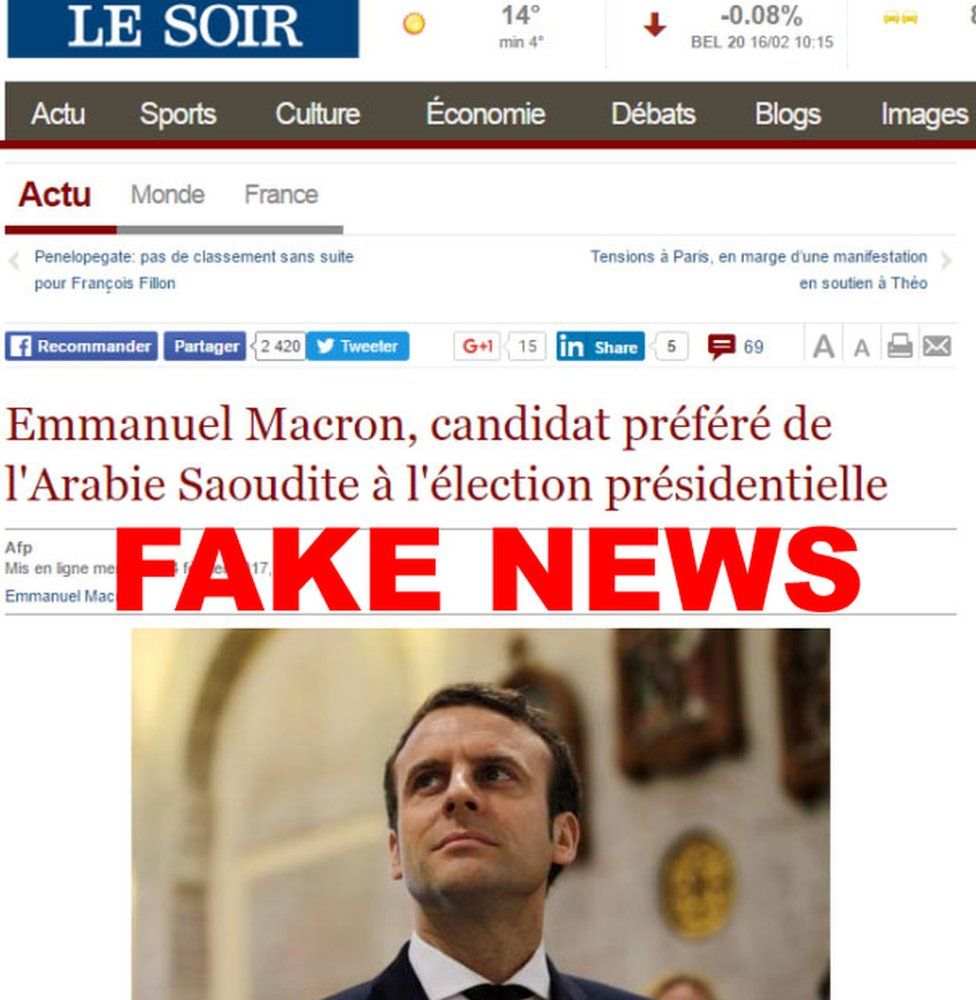
Fake News Giornali Hot Sex Picture
Teaching your students about fake news goes hand-in-hand with taking a critical look at the role of social media. Social media plays a major role in the spread of fake news by fueling the sharing of fake news— often without people realizing they are becoming part of the problem. Research shows that Facebook is one of the main ways people are.

Why Does So Much Fake News Exist? A Look At Media Misinformation
But Students Can Be Taught to Spot It, New Study Finds. Fake news has become more ubiquitous in recent years, and there's growing evidence that children struggle to distinguish between authentic.
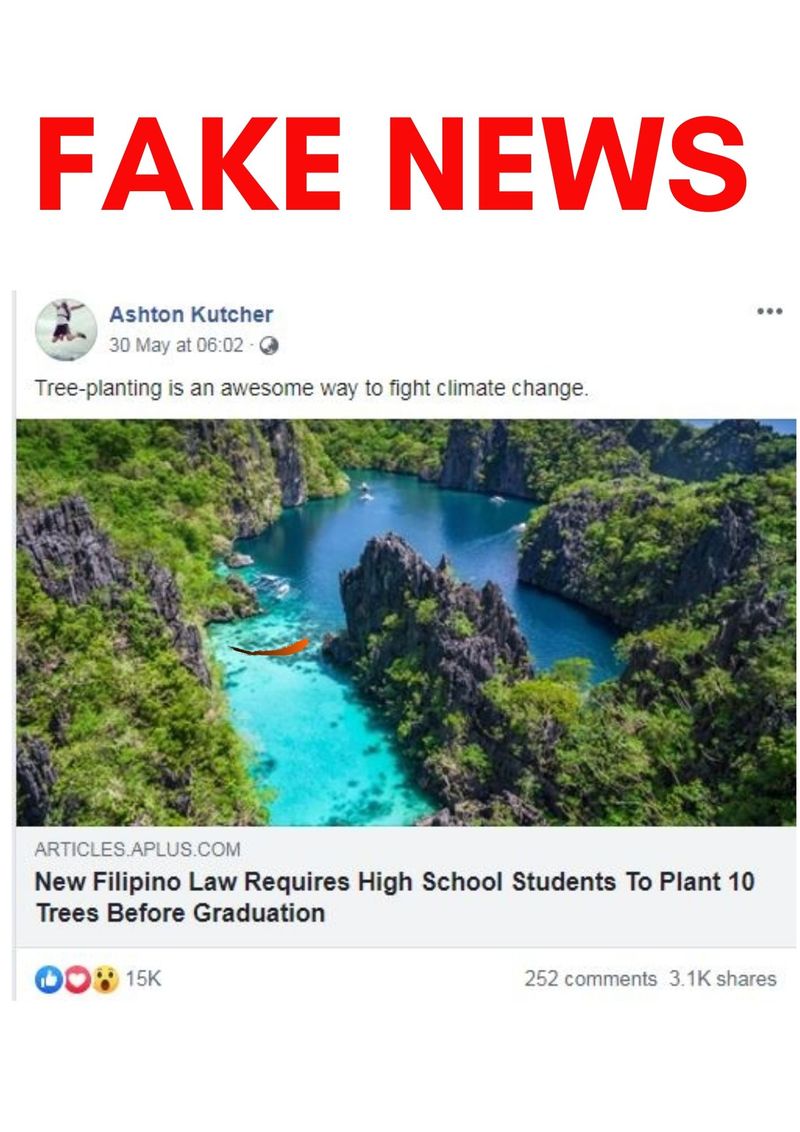
'New law' in the Philippines is fake What we found Newsphotos Gulf News
3. Fake multimedia can ruin personal lives. Photoshopped images of two people meeting, intimate scenes, and much more will ruin a person's personal life. People start judging without checking the facts or the source. 4. Fake news feeds a conversation. Sometimes, fake news spreads like rumors or gossip.
News Article Examples What Is Fake News Examples And What We Can Do Taboola / They inform
How to Spot Fake News and Find the Facts. Written by Teaching Kids News' co-founder, Joyce Grant and beautifully illustrated by Kathleen Marcotte; published by Kids Can Press in 2022 and suitable for young people 9 to 12 as well as classrooms. You can buy this illustrated non-fiction book in most independent bookstores or from one of the big.

Lesson Plan Fake News Digital Writing and Research Lab
Check your emotions. Clickbait and fake news strive for extreme reactions. If the news you're reading makes you really angry or super smug, it could be a sign that you're being played. Check multiple sources before trusting. (Thanks to Professor Melissa Zimdars of Merrimack College for some of these tips .) Sierra is a journalist with a special.
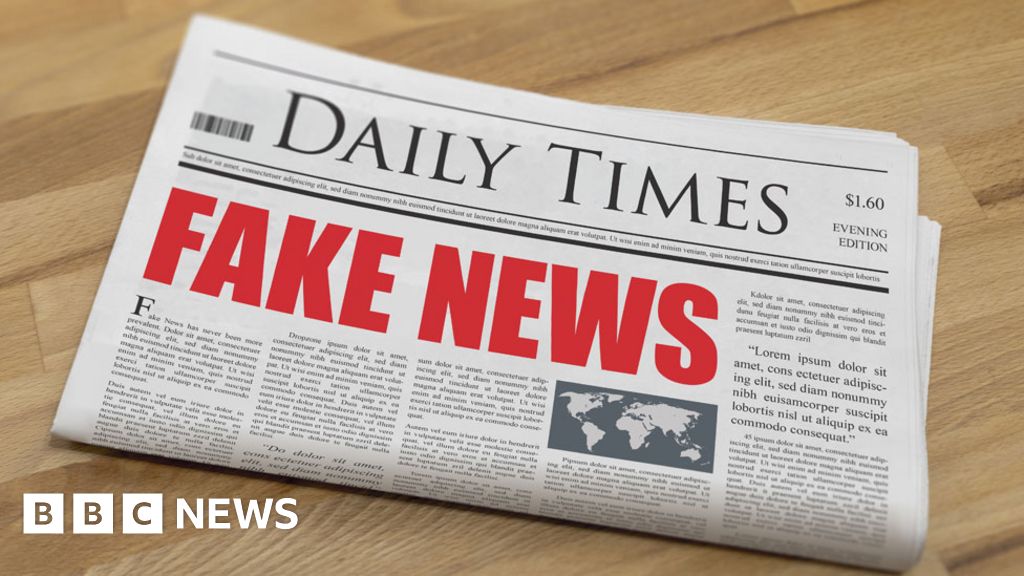
Schools should teach pupils how to spot 'fake news' BBC News
This group activity takes about 30 minutes and can be used for many different audiences by adjusting the examples used. Project CORA. A repository of assignment ideas and lesson plans focused on information literacy concepts.. A free-to-play online browser game in which players take the perspective of a fake news tycoon. The aim of the game.
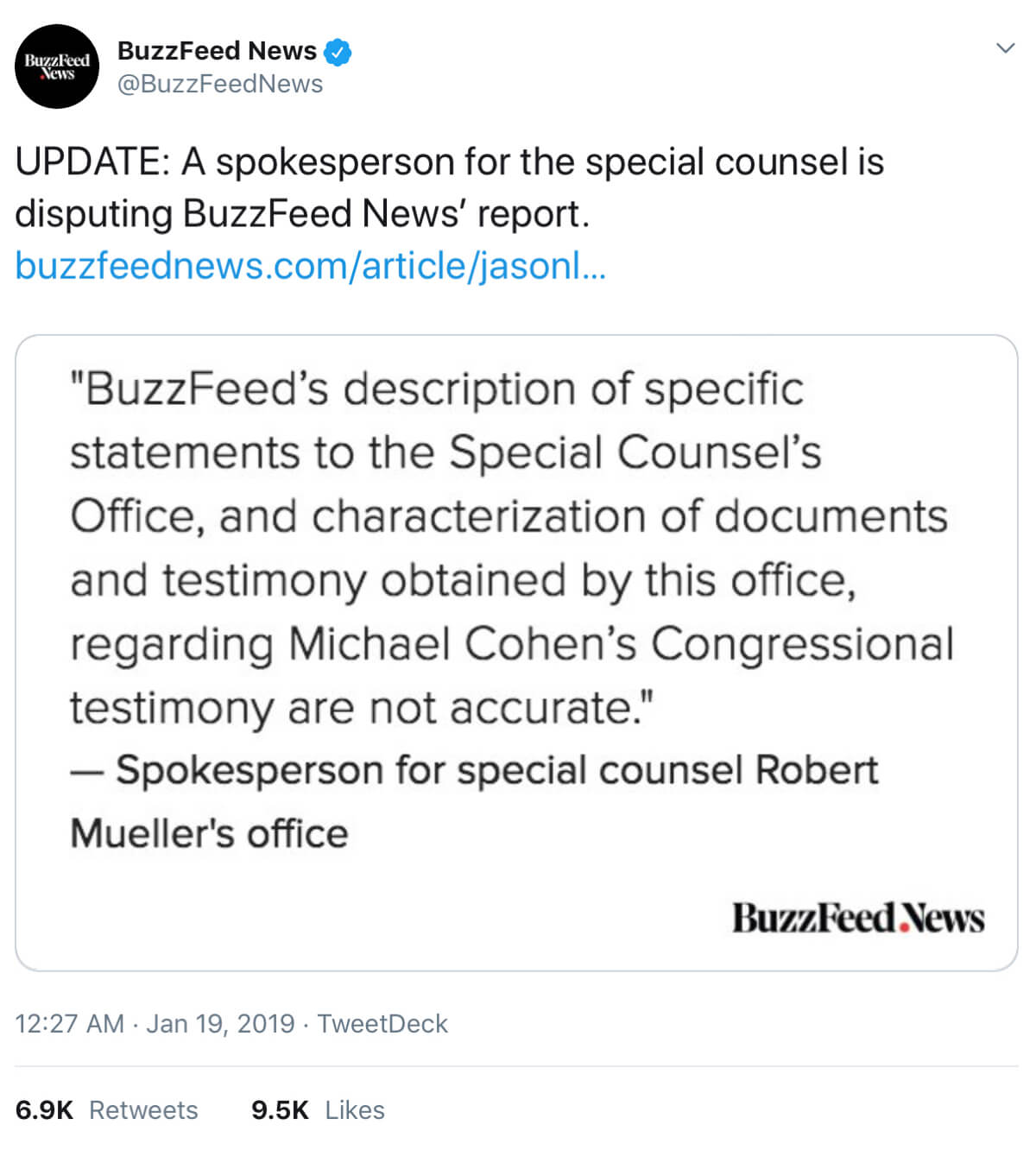
The Most Outrageous Examples of Fake News From NewsGuard’s “Trusted Sources”
Gr 3-5-This basic introduction to fake news outlines the issues for elementary readers. The clear, concise writing explains the major aspects, including social media, misuse of the term fake news, distrust of the media, and the importance of talking to adults about factual and fake news. This should be a staple in every elementary collection.
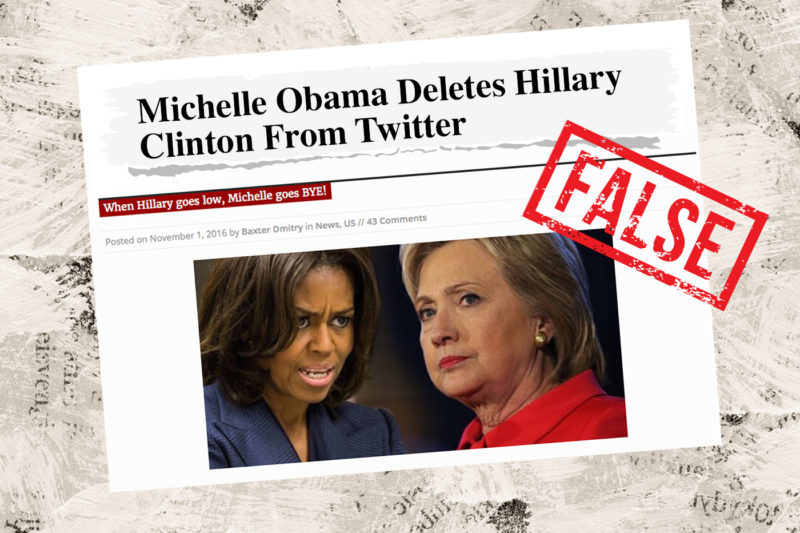
3Qs What a sham(e)—how to filter out fake news News Northeastern
Listen to the NPR story (4:14) Stanford Study Finds Most Students Vulnerable To Fake News and ask your students why they think this piece made front-page headlines. Let your students know that the.

FAKE NEWS UNIT Teach students to analyze news and get the facts (Critical Thinking) Teaching
Using the News Literacy Project's chart, teachers can work with younger students to examine fake news stories or internet memes as well. The lesson may feel rudimentary, but it will begin to imbue students with an impulse to fact-check what they read. If taught and reviewed routinely, this impulse will become a first-line defense in student.

Why Does So Much Fake News Exist? A Look At Media Misinformation
What is Fake News? The issue of spreading misinformation and fake news is a major problem worldwide. Even students are being targeted with the problem. As per a study conducted by Stanford University, only a quarter of high school students could distinguish a real news story from several fake ones.
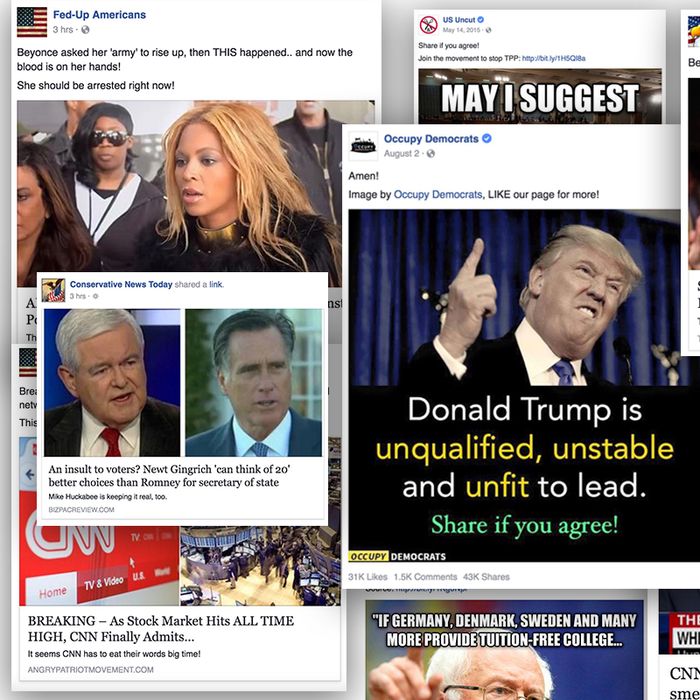
Kids Are Falling for Fake News, Too
Explain what fake news is and why it is created. Identify what questions to ask and what checks to make to decide whether a news report is fake or real. Infer how a fake news story may affect someone's emotions and behaviour. Give reasons why fake news can be harmful. Before teaching this lesson, refer to guidance on creating a safe learning.
Fake News Article Examples For Students Area Man Realizes He S Been Reading Fake News For 25
This collection, which includes videos, blog articles, student handouts, lesson plans, and tip sheets for families, helps students identify, analyze, and investigate the news and information they get from online sources. Media literacy is an essential skill for all students across a range of subjects, from Science to Social Studies to English Language Arts. The collection is also useful for a.

Listen Now Area Man Realizes He's Been Reading Fake News For 25 Years Bones funny, Satire
Moreover, the CRAAP test is memorable and easy to use — elementary school students have even used it to evaluate sources about Big Foot (Knott & Szabo, 2013). And proponents of the tool stress the importance of teaching students to think about the spirit rather than the letter of the criteria (Wichowski, D. E. & Kohl, 2012).

'Fake News,' Bogus Tweets Raise Stakes for Media Literacy
Exercises 1 and 2 look at how easy it is to make fake news or re-tell the same story in different ways. Exercise 1 is low-tech while Exercise 2 is computer-based. You can use one or the other.
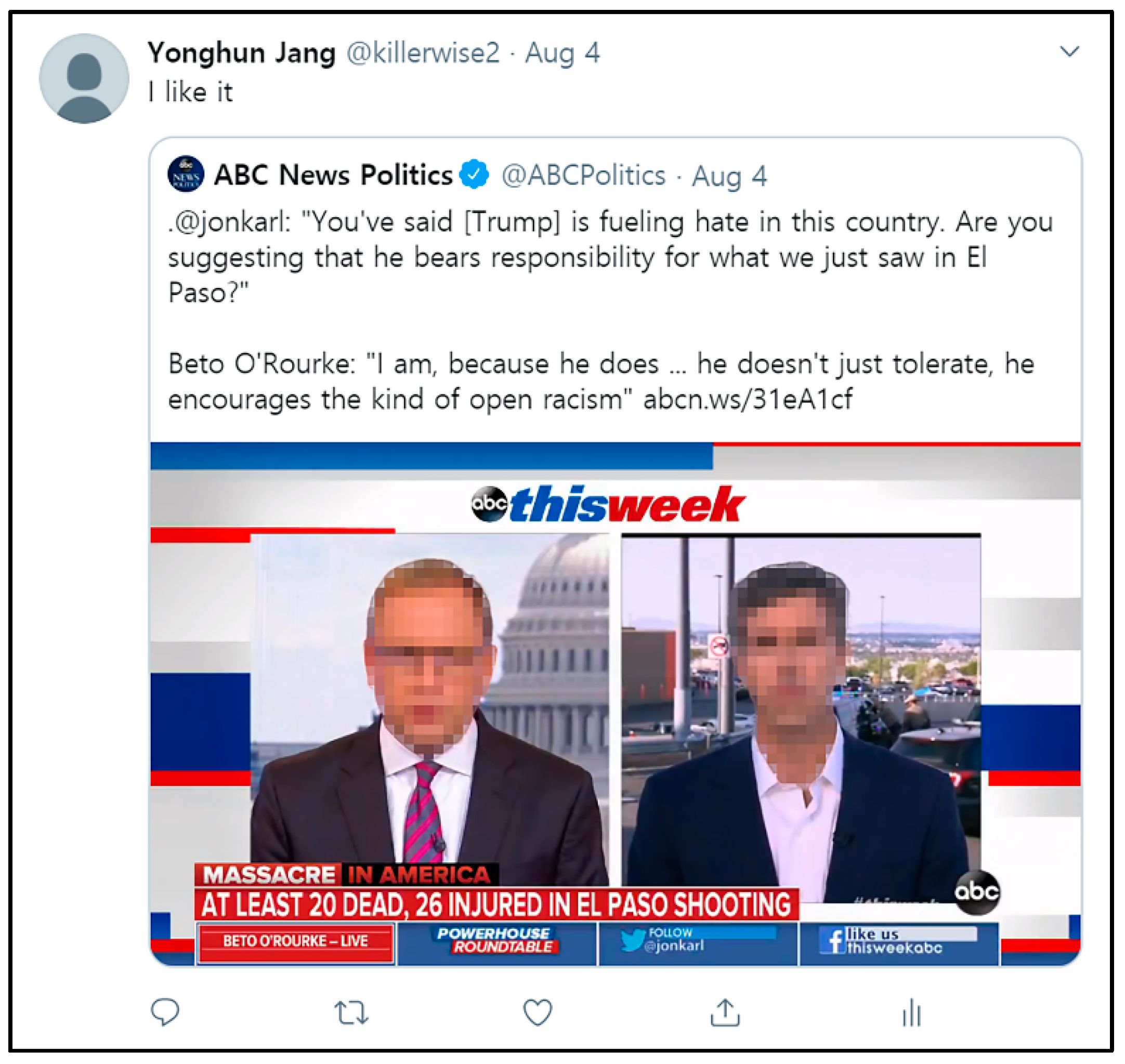
Fake News Article Examples For Students / How To Prevent The Spread Of Fake News Boston
A 50-minute lesson plan for teachers of middle and high school students that guides students to study, analyze, and identify fake news stories. In an Era of Fake News, Teaching Students to Parse Fact from Fiction (New York Times) Real-world examples of teachers navigating students through the 'tsunami of information and misinformation' found.